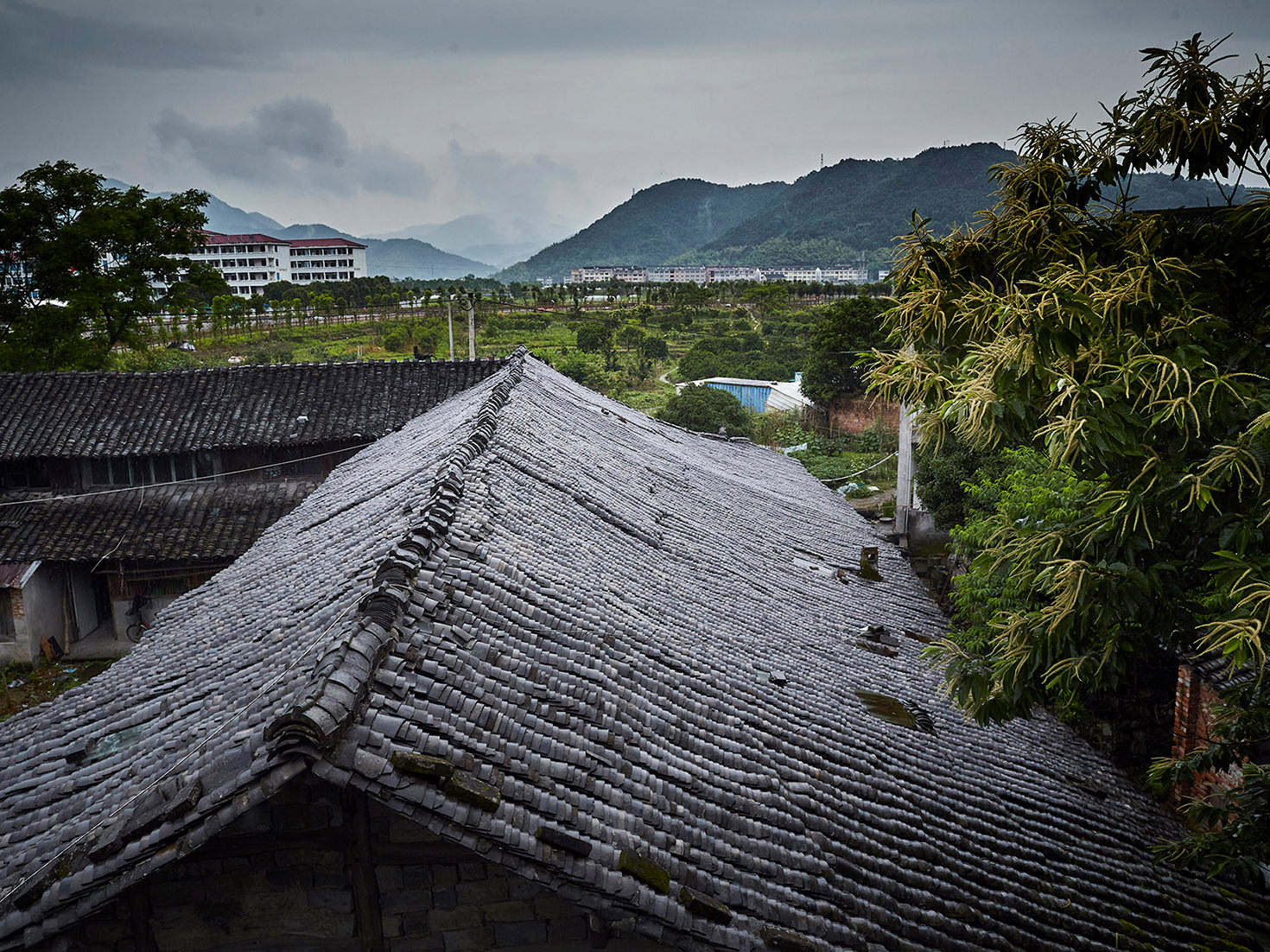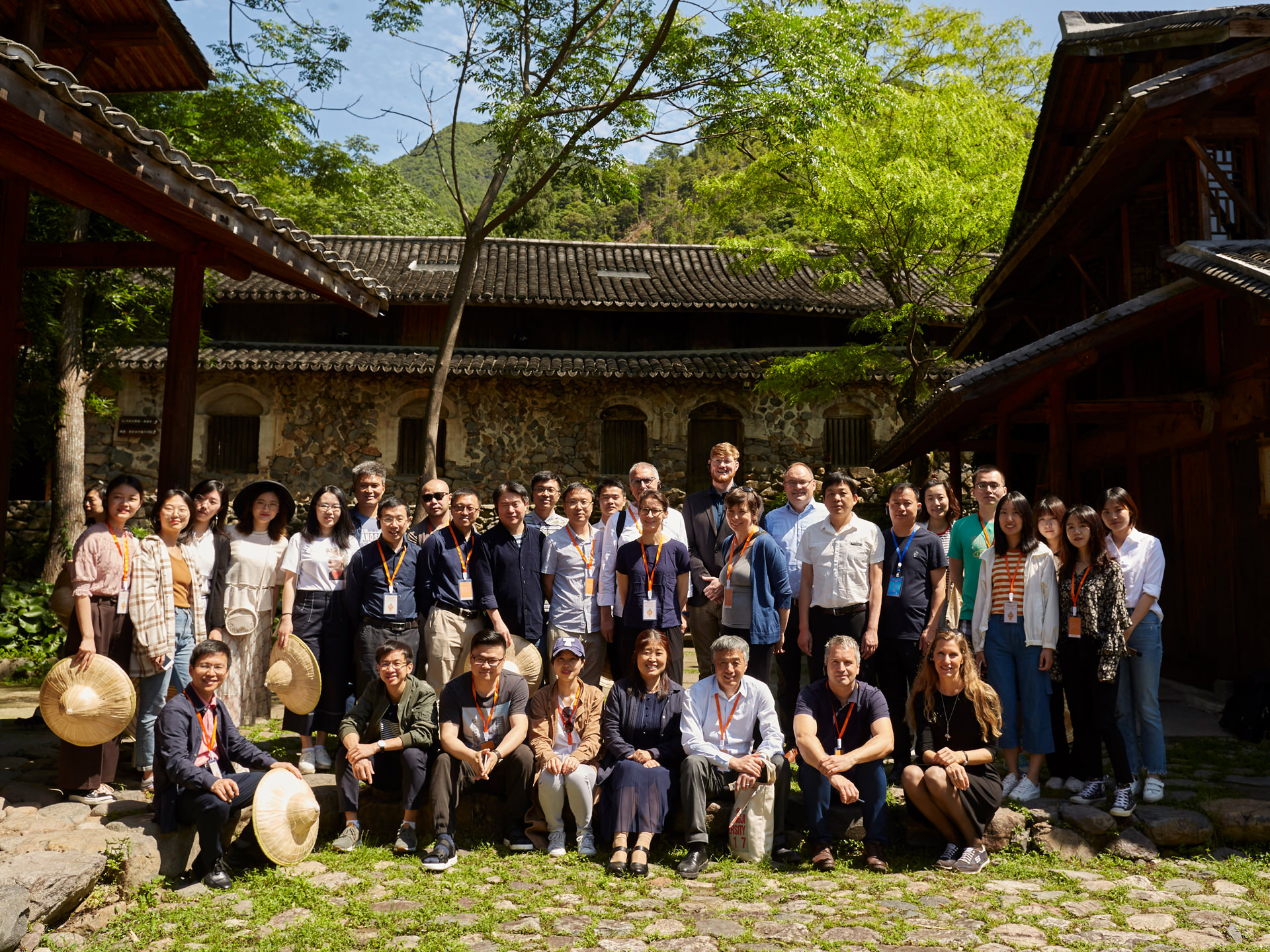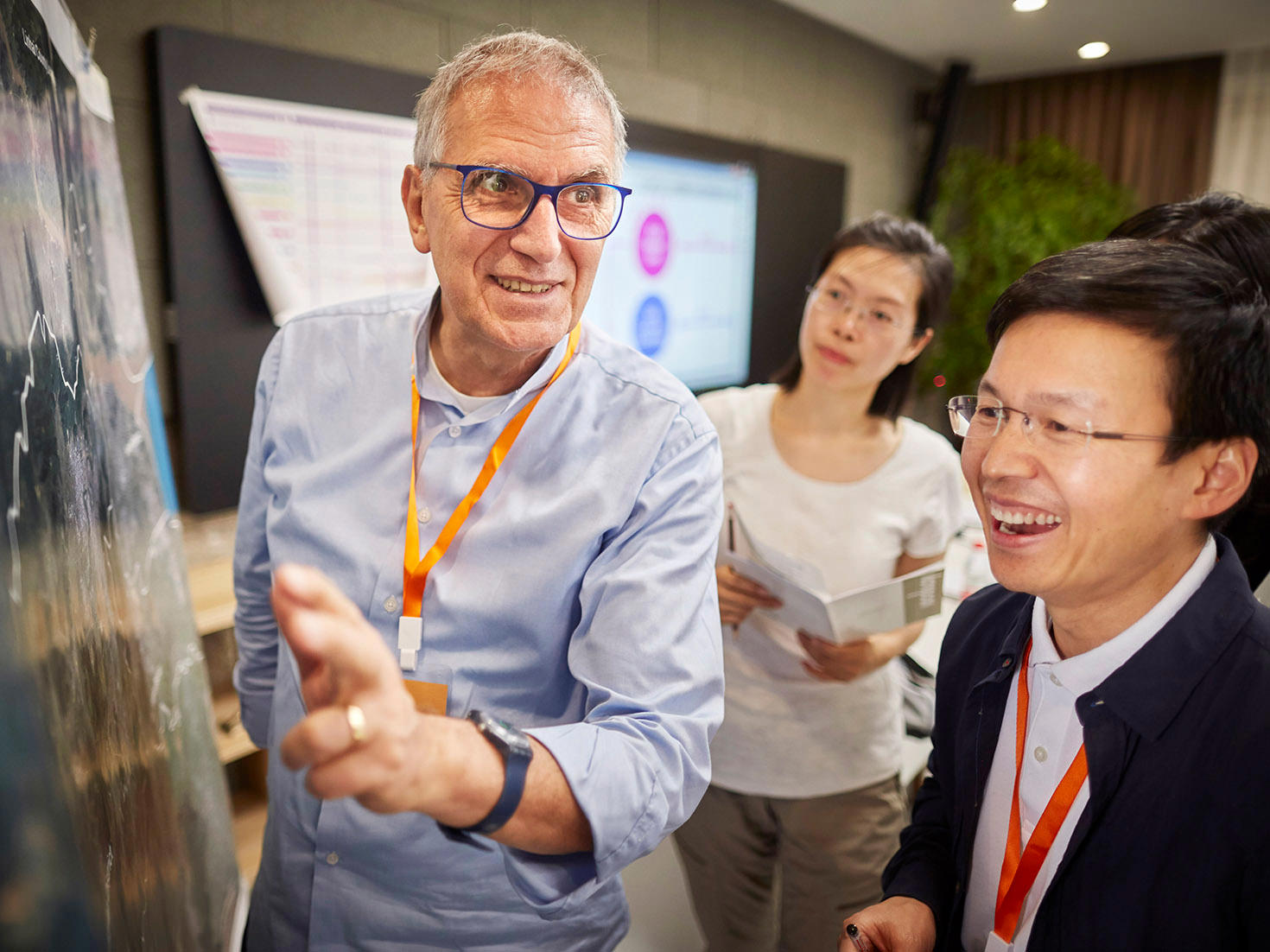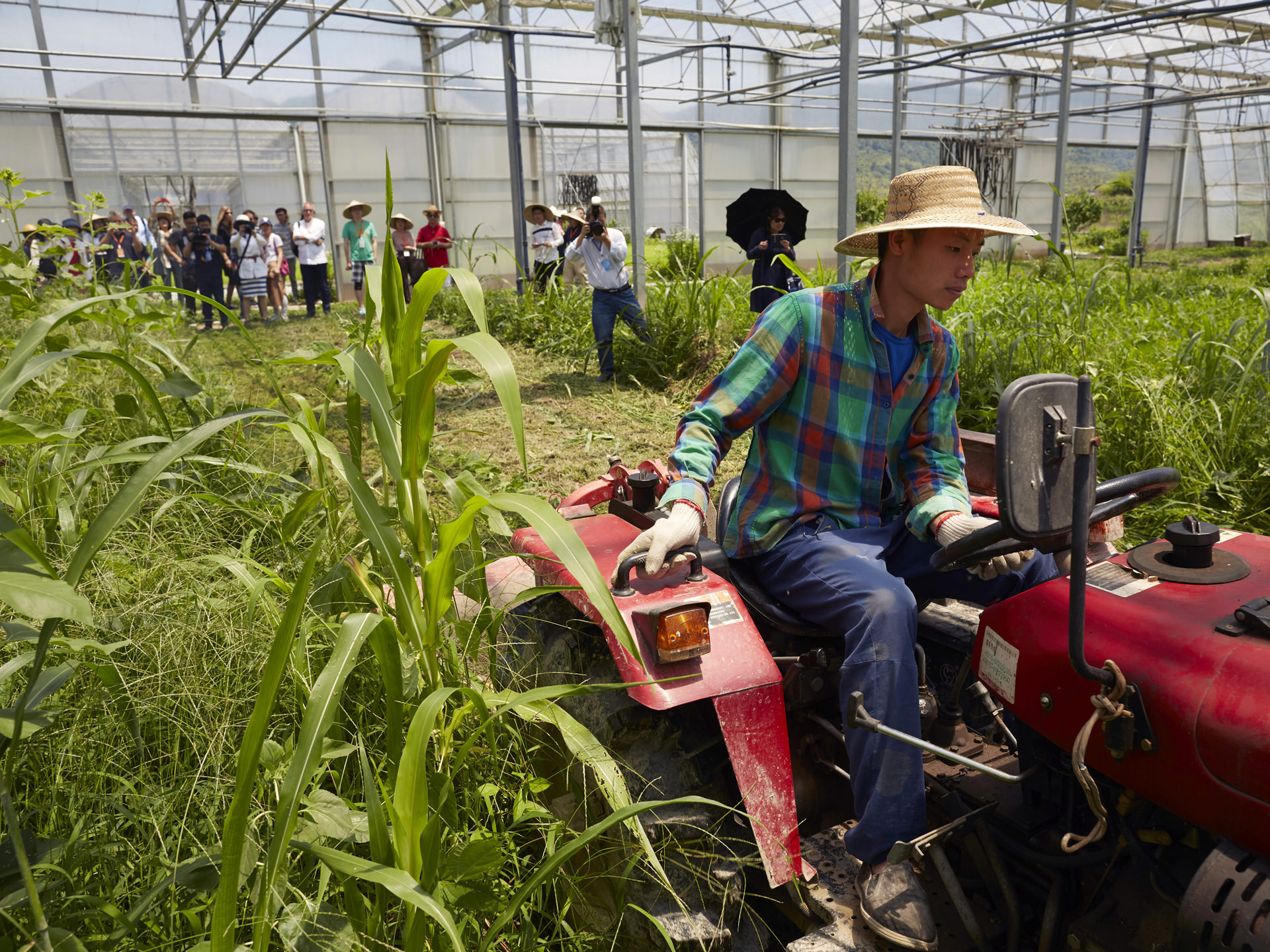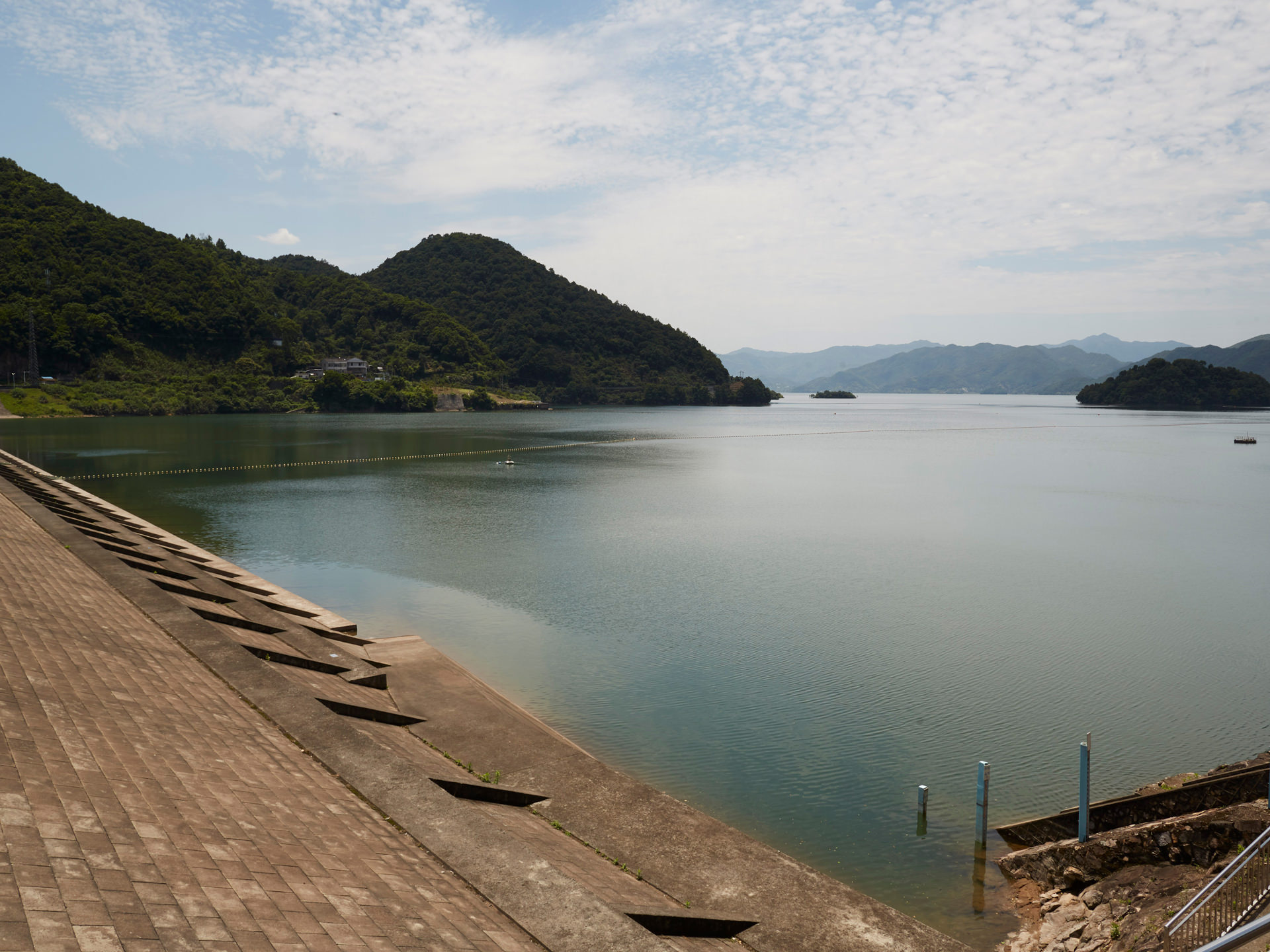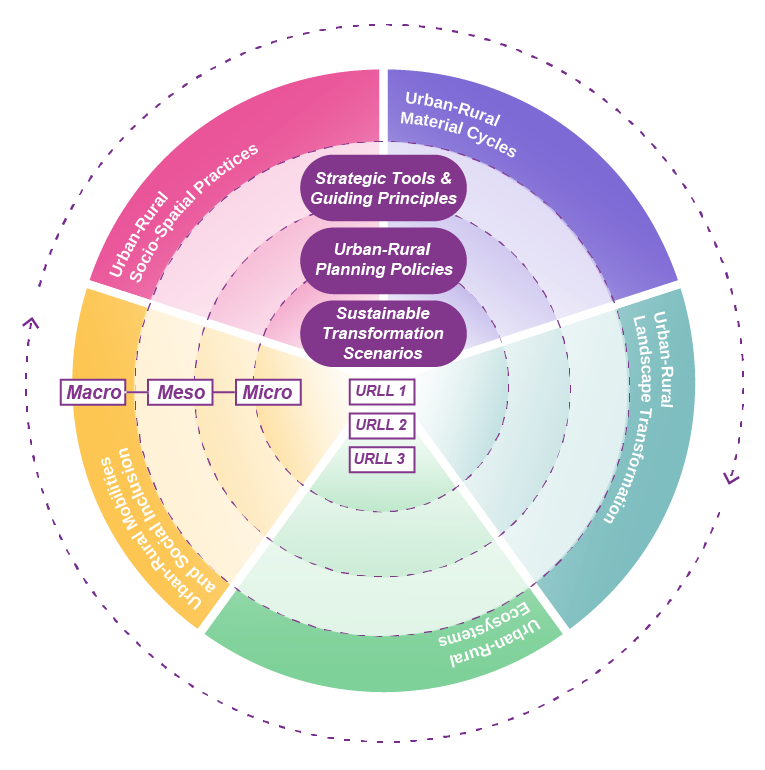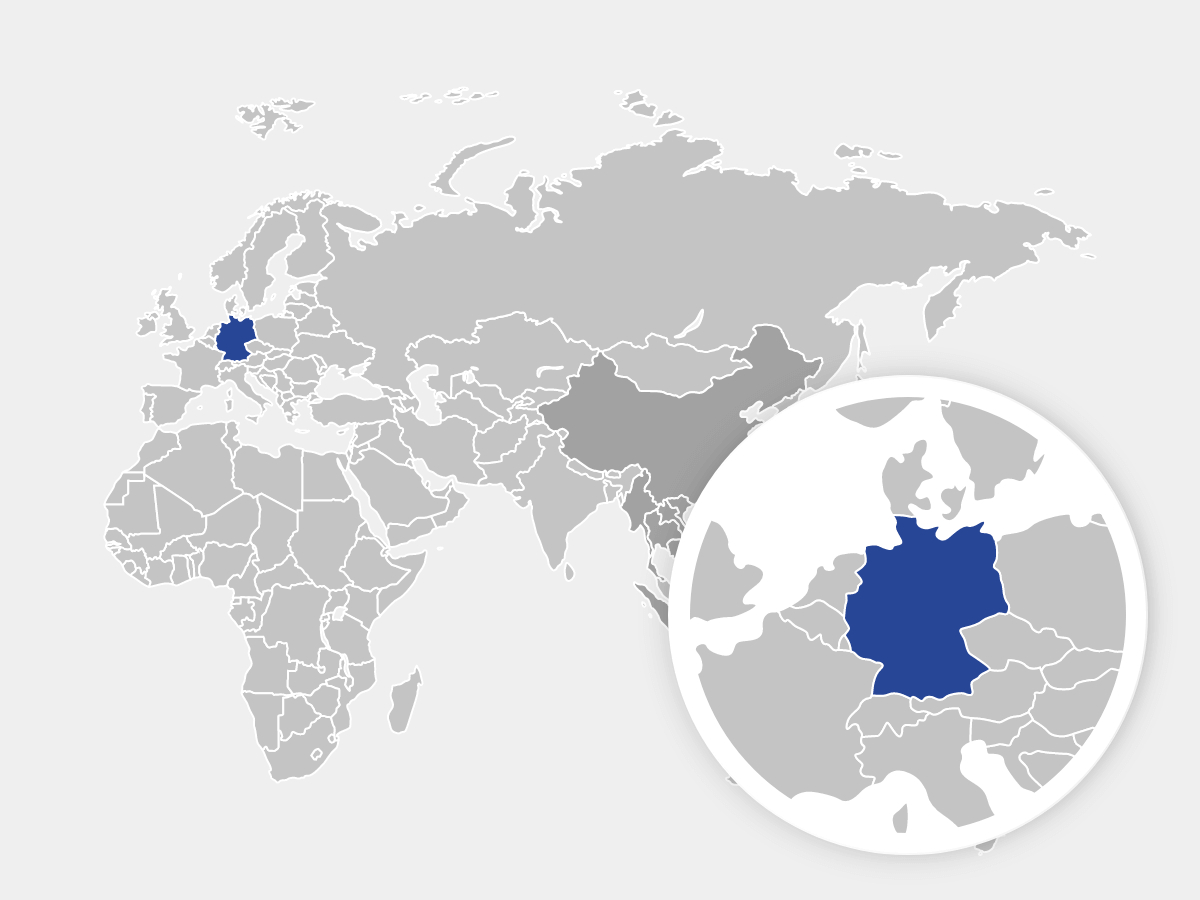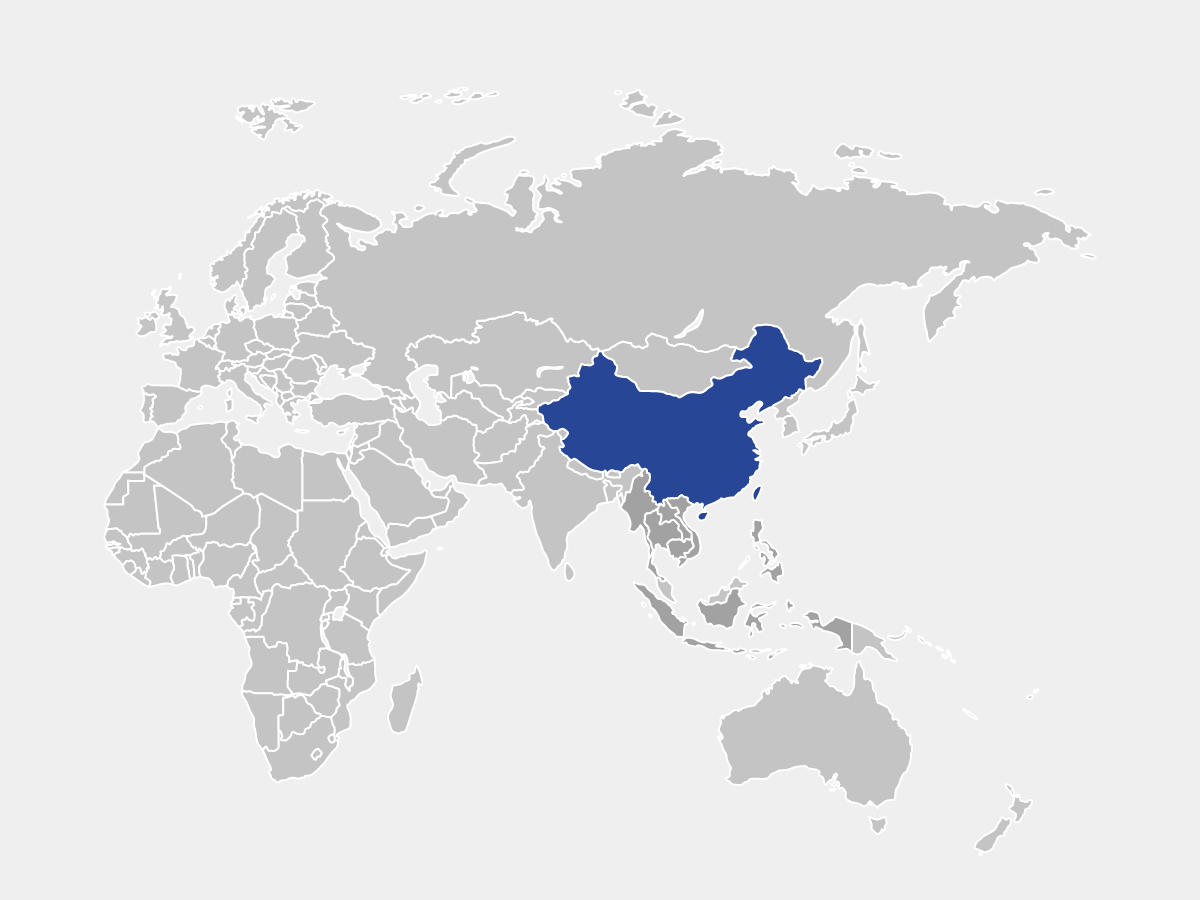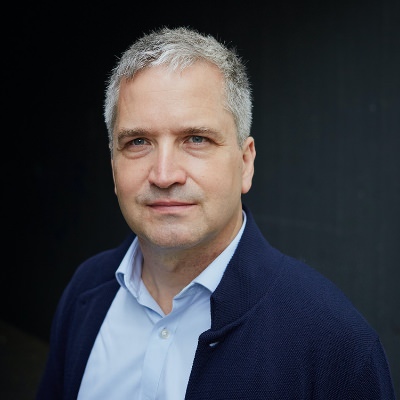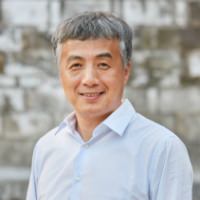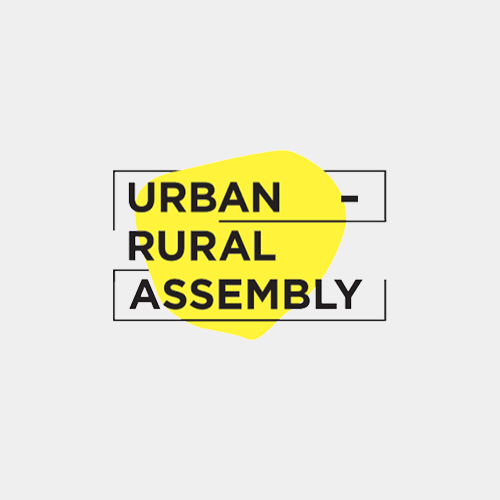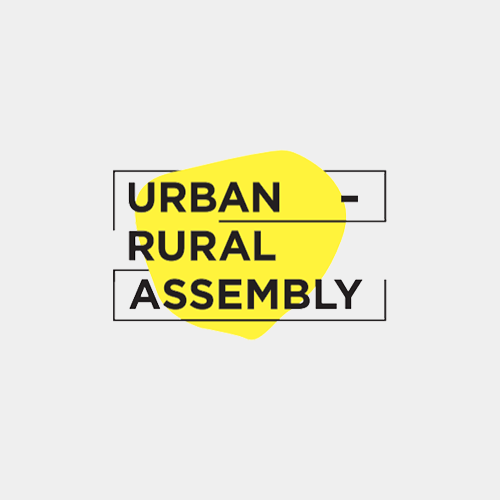URA develops strategic planning and governance tools with the aim of strengthening an integrated and socio-ecologically sustainable transformation of urban regions. Therefore, a change of perspective is undertaken: urban and rural areas are no longer seen as isolated socio-spatial entities but as an integrated whole. To this end, the project pursues an interdisciplinary research approach to develop quantitative and qualitative methods.
Moreover, URA aims at the transdisciplinary development of a participatory and actor-oriented guiding strategy that identifies specific transformation scenarios for the study region and makes statements on socio-ecologically sustainable action paths for selected subregions. Following this, the developed instruments and guiding principles are tested for their transferability and recorded in the form of policy recommendations for integrated urban-rural planning. The project examines the urban region of Huangyan-Taizhou in the province of Zhejiang in China and includes multi-scalar approaches to integrated urban-rural development using the comparative example of the International Building Exhibition IBA Thüringen in Germany.
China is experiencing rapid urbanisation processes that entail profound social, economic and environmental impacts. These are particularly evident in the context of urban growth processes, land use changes and infrastructure projects. Social and economic polarisation processes between urban centres and rural hinterland regions are concrete consequences. In addition, cities face ecosystem degradation, biodiversity loss, air and water pollution and other negative consequences of rapid urbanisation and land use change. Increasing urbanisation processes promote the material and immaterial urban-rural metabolisms and change everyday coexistence and economies. This again results in new forms of translocal relations and lifeworld experiences between urban and rural places. In order to investigate these interrelationships, including challenges and potentials, URA builds on the real lab approach and particularly focuses on exemplary transformation areas (Urban-Rural Living Labs) that are allocated between the urban centre Taizhou City and its Western hinterland Huangyan.
URA sets up mutually beneficial learning partnership linking German and Chinese consortium partners. The project team demonstrates its interdisciplinary competence by integrating urban planning and landscape architecture, ecology and environmental protection as well as sociology and circular economy. The URA team works together with local stakeholders from business and politics to investigate the multiple sustainability risks and transformation potentials inherent to urban-rural linkages. Inter- and transdisciplinary research methods are used for this purpose building the ground for a participatory and actor-oriented planning process that aims at the development of a guiding strategy for the Huangyan-Taizhou region. Approaches of quantitative material flow analysis, qualitative methods regarding social space as well as political and network analysis are applied to three selected transformation areas. The interdisciplinary approaches pursue a multi-scalar research approach that examines the translocal interrelations at the urban-rural interface across local, regional and supraregional levels. The developed strategic planning and governance tools will be tested for their transferability and recorded in the form of policy recommendations for integrated urban-rural planning.
The socio-economic polarisation processes between urban centres and rural areas in China as well as the ecological challenges in the context of advancing urbanisation could so far only be counteracted to a limited extent, despite several existent territorial planning approaches, development programmes and investments. This is where URA comes in and aims to use strategic planning and governance instruments to promote the development of an actor-oriented vision and guiding framework for the study region, including socio-ecologically sustainable paths of action. These should particularly strengthen approaches and networks of an active circular economy within the urban region. Special attention is paid to the long-term safeguarding of urban-rural ecosystem services, the efficient use of urban-rural material flows in agricultural production and waste disposal, and the sustainable strengthening of social and economic inclusion processes at the urban-rural interface. The current results will be compared with German planning approaches for integrated territorial development and tested for their transferability to other Chinese and international regions.
The URA project actively propels scientific research, advances collaborative vision-building methodologies (so called Raumbild approach), and engages in science-policy dialogues. Embracing an interdisciplinary approach, the scientific research spans socio-spatial practices, circular economy, landscape, ecosystems, and migration. Goal of the Raumbild planning process is envisioning a sustainable future for the urban-rural continuum. Due to pandemic-related travel restrictions, the URA project shifted to a Sino-German comparative approach, adding Nordhausen in Thuringia as a case study. Workshops were held in Nordhausen, serving as pivotal testing grounds until the consortium was finally able to conduct further Raumbild workshops in Huangyan, China, specifically in the Urban-Rural Living Labs.
Collaborating with the project’s partner, ICLEI, URA strives to facilitate effective communication between scientists and politicians on diverse sustainable development goals. The Raumbild planning process for Huangyan aims to impact the policy level, facilitated through the collaborative development of a policy paper with UN-Habitat. Additionally, the forthcoming steps involve dissemination efforts, including organizing an international event in Shanghai and hosting a final conference in Berlin, both scheduled for 2024. These initiatives underscore the unwavering commitment to bridging the gap between research and actionable policy measures, paving the way for a more sustainable urban-rural future.
